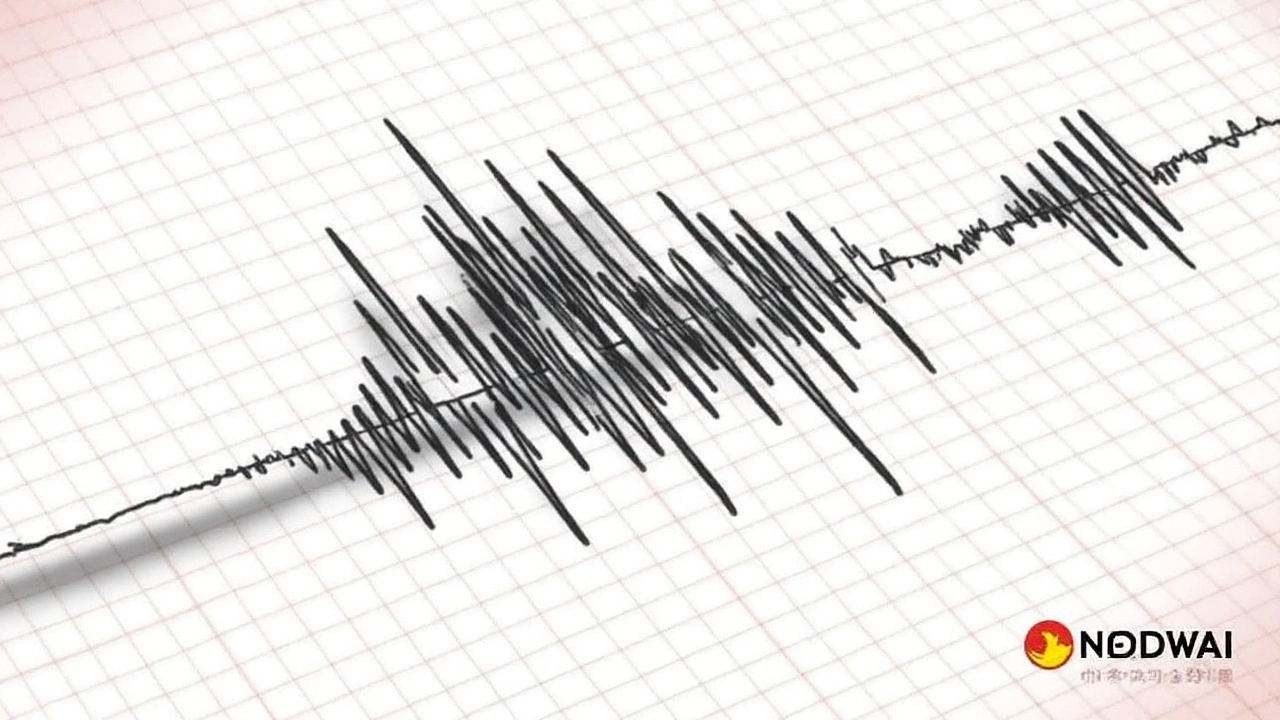
Arunachal Pradesh: Your Quick Guide to India’s Hidden Gem
If you’ve never heard of Arunachal Pradesh, you’re not alone. Tucked away in the far‑north east of India, this state packs more adventure, scenery, and cultural flavor than many popular destinations. In the next few minutes we’ll walk through what makes it special, how to plan a visit, and why students and researchers love its libraries and colleges.
Geography and Climate
Arunachal sits on the eastern Himalayas, sharing borders with Bhutan, China, and Myanmar. The terrain jumps from lush valleys to snow‑capped peaks in under an hour’s drive. Because of this variety you’ll find everything from tropical rainforests in the south to alpine meadows up north. The monsoon season (June‑September) brings heavy rain, so most travelers pick October to early May for clear skies and comfortable temperature ranging from 10°C in higher altitudes to 25°C in the plains.
Getting there is part of the adventure. The nearest major airport is in Guwahati, Assam, about 350 km away. From there you can catch a short flight to the state’s capital, Itanagar, or hop on a scenic road trip that winds through tea gardens and river valleys. Buses and shared taxis are cheap and give you a real feel of local life.
Culture, Food and Must‑See Spots
Arunachal is home to over 20 tribes, each with its own language, dress, and festivals. If you visit during Losar (Tibetan New Year) or Solung (the Galo harvest festival), you’ll see colorful dances, traditional drums, and plenty of homemade food. Speaking of food, try the local bamboo shoot pickle, smoked pork, and thukpa – a hearty noodle soup that warms you after a day of trekking.
Top spots to check out include:
- Tawang Monastery – one of the largest Buddhist monasteries outside Tibet, perched on a hill with panoramic views.
- Ziro Valley – a UNESCO World Heritage site famed for its rice terraces and the Ziro Music Festival.
- Namdapha National Park – the only park in India with both tropical and temperate ecosystems, perfect for wildlife spotting.
- Sela Pass – a breathtaking high‑altitude road that offers photo‑ops at every turn.
For a quieter experience, head to the villages of Mechuka or Gelling; you’ll meet friendly locals who are happy to share stories over tea.
Students and researchers find Arunachal’s libraries and colleges a treasure trove of regional studies. The Jabin College Library Info platform lists several local institutions that archive tribal manuscripts, biodiversity data, and historic maps. These resources are a great starting point if you plan to write a paper or simply learn more about the area’s unique heritage.
Before you leave, remember a few practical tips: carry cash (many places don’t accept cards), bring a good pair of walking shoes, and respect local customs – avoid taking photos of people without permission, especially during religious ceremonies. With these basics covered, you’re ready to explore a state that feels like a whole other country within India.
Arunachal Pradesh may not be on every travel list, but that’s exactly why it’s worth a spot on yours. From towering mountains to warm hospitality, you’ll come away with stories that most tourists never get to hear.
